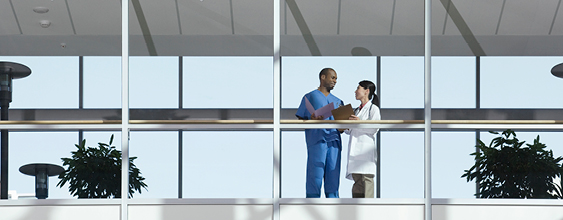
@ShahidNShah


Even before COVID, there was a growing recognition that buildings of every kind needed to be more flexible, as technological change far outpaces the development cycle. But in practice, any redundancy in a design has often ended up on the cutting room floor because it adds cost or complexity or because it is not compliant with building codes or standards. The pandemic has added powerfully to the case for flexibility – disrupting operations in every part of the built environment and promising to disrupt markets for many years to come.
In healthcare, a gargantuan effort was required to replan and reengineer buildings almost overnight so that they could safely cope with COVID-19, and attention is turning to how the switch to “pandemic mode” might be made more easily in the future. Greater flexibility would have helped this time. It will make us more resilient in future outbreaks.
Continue reading at sp.com
Amidst the COVID-19 crisis, the U.S. healthcare system has struggled to safeguard lives and suppress the virus while buckling under financial strains, low consumer confidence, and the burden of …
Connecting innovation decision makers to authoritative information, institutions, people and insights.
Medigy accurately delivers healthcare and technology information, news and insight from around the world.
Medigy surfaces the world's best crowdsourced health tech offerings with social interactions and peer reviews.
© 2025 Netspective Foundation, Inc. All Rights Reserved.
Built on Apr 25, 2025 at 12:44pm